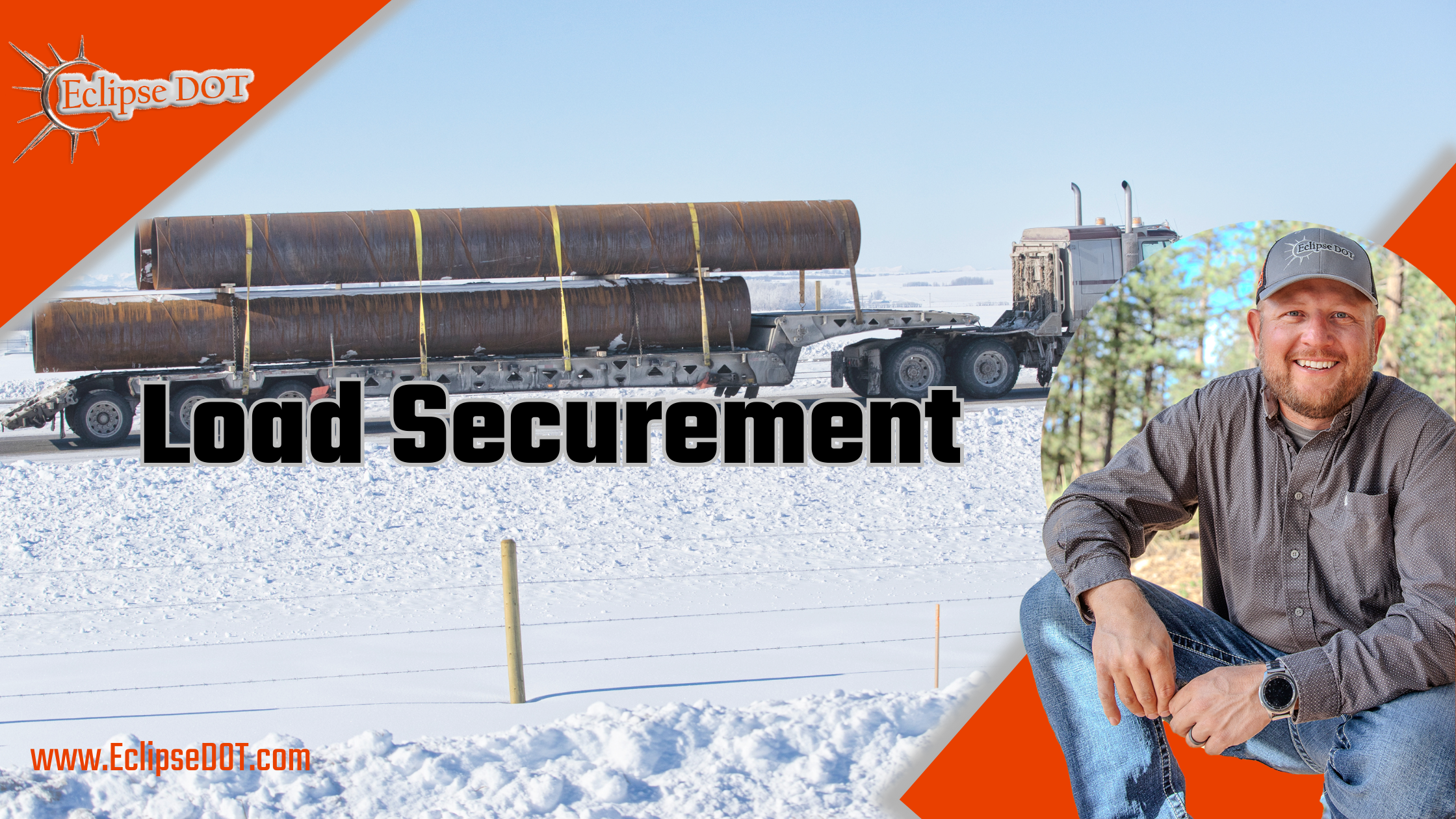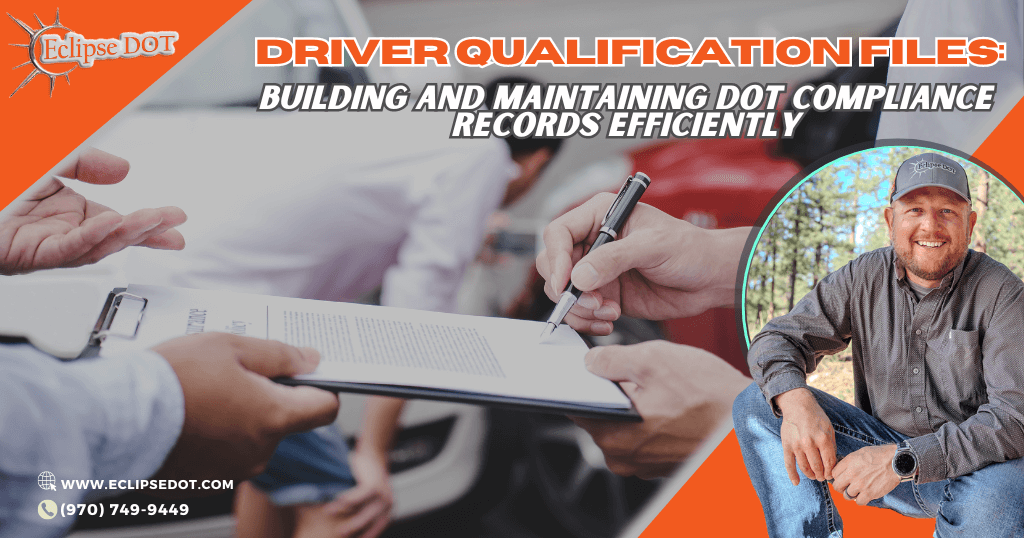Load Securement
There is more credit and satisfaction in being a first-rate truck driver than a tenth-rate executive.
B.C. Forbes
Do you have a rub rail on your vehicle?
Are all of your securing devices on the inside of your rub rail?
If you don’t have a rub rail, are there any other securing points on your vehicle that you could use?
Are the ends of your straps or chains hooked in a fashion so they cannot break free if your strap or chain becomes loose during transport?
Is the hook of your chain pointed toward the ground?
When using chains, how tight is your connection to the truck or trailer?
If your load shifts during transport, will it affect the tension of your securing devices?
Are you attaching the securing device to the proper place on the equipment?
Is it going to damage what you are hauling when you tighten your straps and chains?
Can you see the tie-down icon next to where you are securing the piece of equipment? Does the securement point look to be in good physical condition?
Are you securing the machine in four different directions?
Do you have all of the attachments lowered and touching the deck?
Are those attachments secured to the deck?
Do you have the proper number and strength of security devices? 1.5 times the weight of the cargo in securement strength? Minimum of 2 straps for any load?
At least two straps within the first 10 and one strap every 10 thereafter?
Are there any points or spots where the securing device might become damaged due to vibration during transport?
Can you move the securing device to eliminate those spots?
If not, are you using the proper guards to protect your secure device from damage?
Discover our CDL & DOT Compliance blog for an exclusive trial at DOTDocs.com. Also, claim your FREE micro audit at THE ECLIPSE DOT MICRO AUDIT. Ready for smoother operations?





